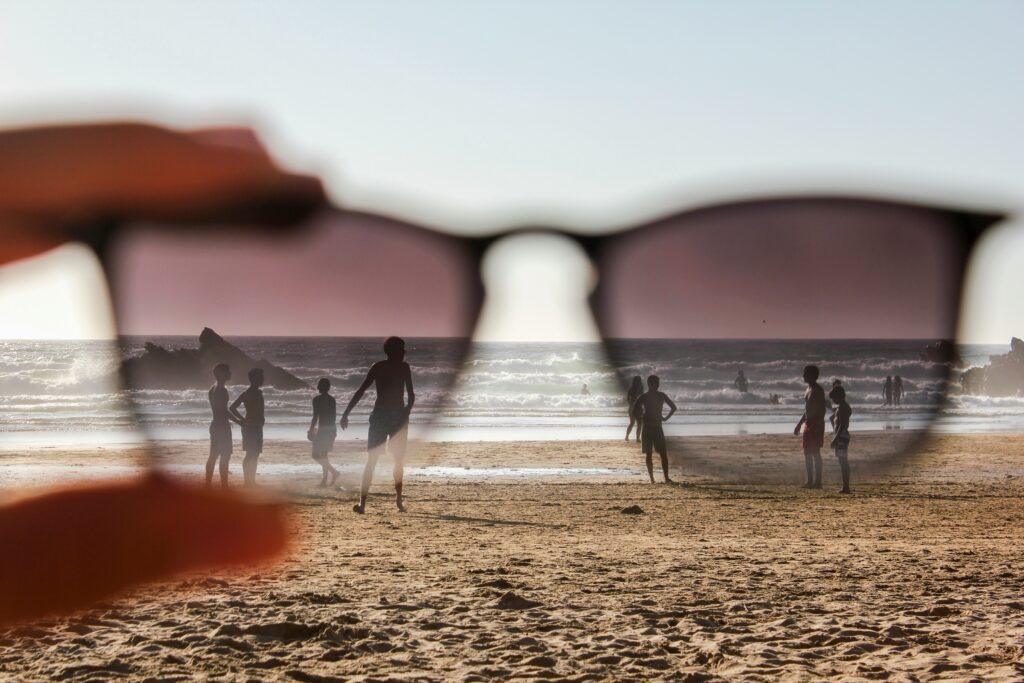Skin Care, UV Rays And Skin Cancer

This summer, UV rays are higher than ever. Learn how to take good care of your skin and avoid skin cancer or other diseases.
Ultra-Violet Rays (UV)

Last January, high and extreme UV exposures were recorded in Costa Rica. If you were in Costa Rica during that month, you most likely felt a blistering sun when you went outside. Although we are already in February, you can still feel that intense sun.
UV rays can normally peak during the middle of the day and last until 4 pm. If we think about it this way, it is a considerable amount of hours. In addition, UV rays can reach the ground even on a cloudy day and, on top of that, bounce off surfaces such as water, sand, snow or pavement, which increases exposure to these rays.
Experts say that there is no such thing as UV rays that are not dangerous for our skin. It is therefore important to take care of ourselves when we go out of the house.
Skin Cancer
Dr. Loretta Piccolo, dermatologist, reminds the Costa Rican population that:
We must remember that we live in a tropical country and the sun passes through the windows, so even at home or at work we must protect ourselves from the sun. Do not forget that all skin sunburns equally, we tend to take care and protect the face, but we forget the neck, ears, legs and arms, areas where sun spots and the appearance of skin cancer are also frequent.
Skin cancer develops when DNA changes occur in skin cells, usually caused by exposure to UV rays from the sun (or tanning beds). The disease can manifest itself in several ways: basal cell carcinoma, squamous cell carcinoma and melanoma (among the most common).
Even family history, fair skin, severe sunburn, excessive use of tanning beds and the presence of atypical moles can make a person vulnerable to developing this disease.
In fact, skin cancer is the most frequent cancer in Costa Rica and in the world; and it has been increasing over the years.
According to the country’s official statistics, there are approximately 45 new cases per 100,000 inhabitants in women and 56 new cases per 100,000 inhabitants in men.
Skin Care

To avoid these inconveniences, it is best to avoid exposure to the sun at hours when UV rays are at their highest peak; however, if it is inevitable, try to apply sunscreen in any area exposed to the sun. Since it is summer, it is best to use a sunscreen with SPF (Sun Protection Factor) of at least 50.
You can also help yourself with hats, sunglasses and clothing that helps hide your skin. Also, be a friend of the shade and take shelter in it to minimize exposure to the rays.
Let’s enjoy the sun and the summer in a responsible way!
Sensorial Sunsets
Navigate articles




